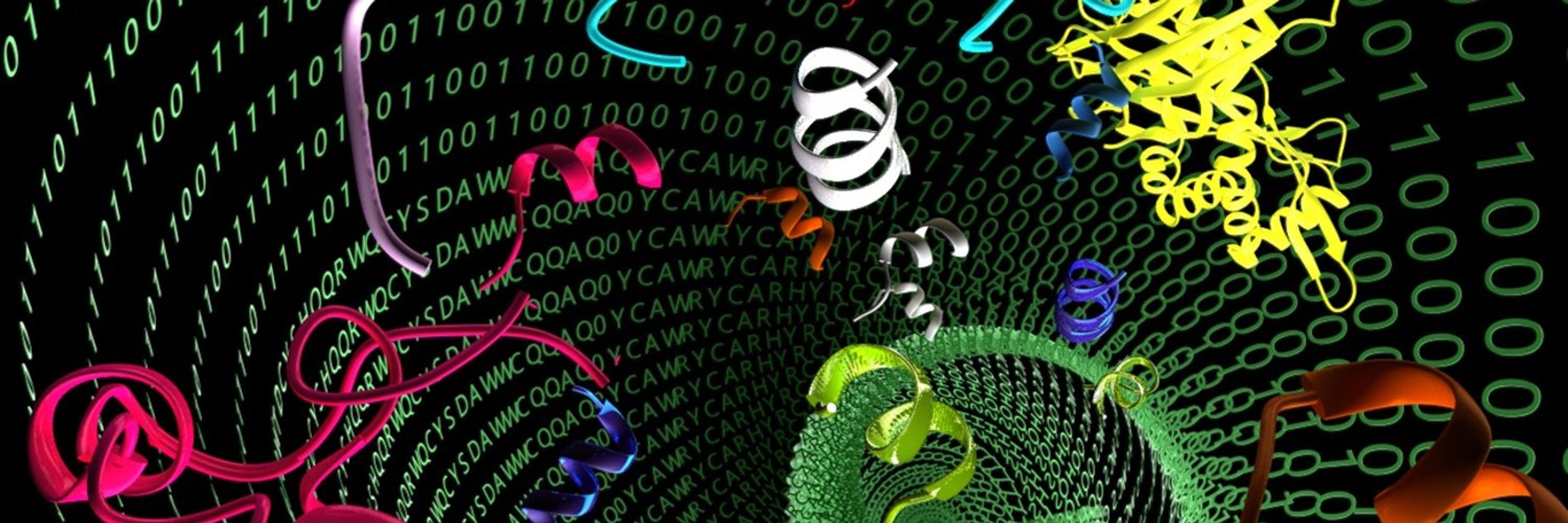
🔗 https://delafuentelab.seas.upenn.edu



A beautiful fusion of science, art, and storytelling.

A beautiful fusion of science, art, and storytelling.









@thelancetinfdis.bsky.social @thelancet.com
article lays out how to break the bottleneck responsibly.
www.thelancet.com/journals/lan...

@thelancetinfdis.bsky.social @thelancet.com
article lays out how to break the bottleneck responsibly.
www.thelancet.com/journals/lan...

• Rapid & steerable: tune potency and developability on demand
• Amphorium: >2 million machine-annotated candidates for follow-up

• Rapid & steerable: tune potency and developability on demand
• Amphorium: >2 million machine-annotated candidates for follow-up
Today we share a different path: the first demonstration of deep reinforcement learning (RL) for antibiotic discovery.

Today we share a different path: the first demonstration of deep reinforcement learning (RL) for antibiotic discovery.












